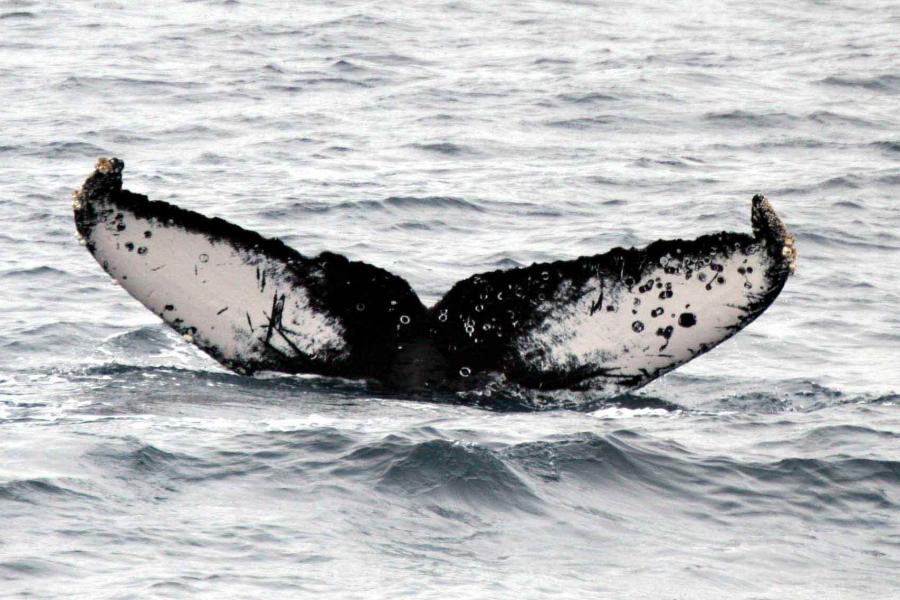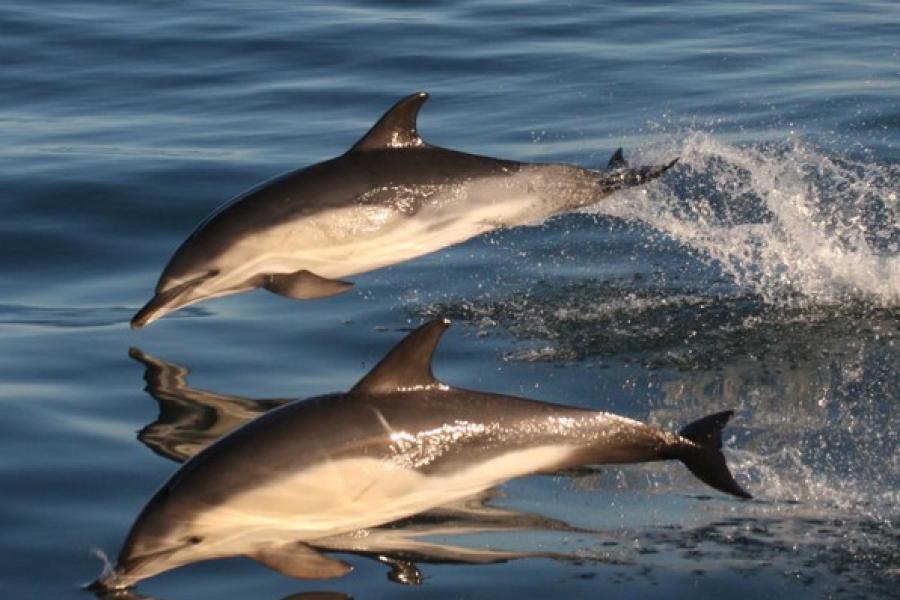Researchers at Bangor University have teamed up with wildlife charity Sea Watch Foundation and tidal energy technology developer Nova Innovation to develop Sea Watcher, a free mobile phone app that allows anyone to register a sighting of whales, dolphins and other megafauna spotted from land or a boat in UK waters.
Jenny Bond, heading up the research project for SEACAMS 2 at Bangor University said:
“Once people can travel freely again, we hope that people will enjoy spotting for whales and dolphins around the UK, offering them fresh air, and an activity where they can learn and relax at the same time. We have developed the Sea Watcher app so that anyone can contribute to marine mammal research in the UK”
Relax and enjoy some vitamin-sea!
The best places to watch for whales and dolphins are headlands, islands and elevated clifftops where you can get a good view over a wide expanse of sea whilst calm weather conditions will help. There are many hotspots for seeing dolphins in the UK: Cardigan Bay and the Pembrokeshire islands in West Wales, Mounts Bay in Cornwall, the Northumbrian coast in NE England, the Hebrides, Northern Isles and Moray Firth in Scotland, to name just a few, but you may be lucky anywhere around the coast of Britain.
If you are planning a walk along the coastal path or a relaxing watch out to sea from a clifftop, a pair of binoculars will help you, and once you have downloaded it, the Sea Watcher app will take you through the steps to log your sighting. The app has plenty of photographs and videos to help you identify the different species.
The most commonly spotted marine mammals in the UK are grey and harbour seals and harbour porpoise, although the acrobatic bottlenose dolphin and common dolphin are also seen regularly at many locations around the coast. Of the whales, minke whales, killer whales and humpback whales are all seen regularly in UK waters, particularly in the west and north.

Whales spotted at sea
“We recently had a video of the uncommon fin whale sent to us from South Devon, so you never know what you might see” said Dr Peter Evans, founder and Director of the Sea Watch Foundation, and a ship’s crew of a tanker from Scotland bound for Spain had an extremely rare sighting of the critically endangered North Atlantic right whale a little to the south of the British Isles in late July.
Anyone can spot anything when watching the sea, and this app aims to help people easily identify what they have seen and then to log it so that everyone else can benefit from learning what has been seen where.”

The information collected by the Sea Watcher app will help improve knowledge about where and when marine mammals visit areas and potentially what they are doing. This information is important for both management and conservation.
Human activities in coastal waters may impose a number of pressures on marine mammals ranging from underwater noise, risk of vessel strike, pollution, depletion of fish stocks, and entanglement in fishing gear. For better management of all of these, it is important to have a good understanding of which areas are important to particular species.
The value of local knowledge
Dr Kate Smith, Environmental Manager for marine renewable energy company Nova Innovation, also collaborating on the project, said:
“Making sure that our tidal turbines do not harm the marine environment is incredibly important for Nova. Environmental impact considerations, including potential effects on marine mammals and other marine life, are a key part of the consenting and design process for our renewable energy projects. We’re delighted to be involved this research, to explore how local knowledge, which is often overlooked in consenting and design processes, can help assess and minimise the impacts of our projects on marine mammals.”
It is well known that being by the sea can positively contribute to our wellbeing, so next time you are near the sea, make sure you have downloaded the Sea Watcher app, grab your binoculars, and enjoy some vitamin-sea!






